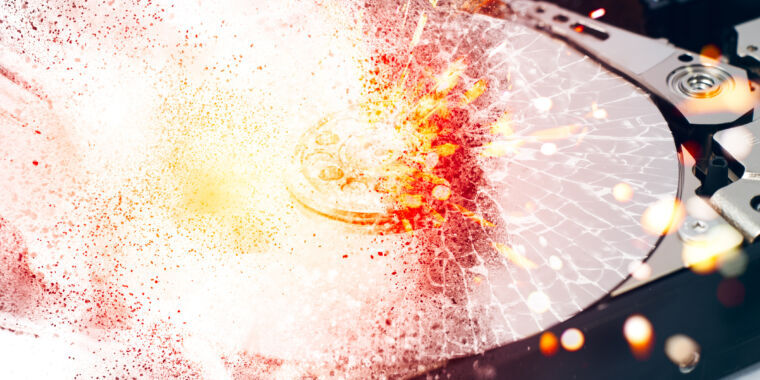- cross-posted to:
- technology@lemmy.ml
- cross-posted to:
- technology@lemmy.ml
My father told me he wanted to make USB flash drives of all the scanned and digitized family photos and other assorted letters and mementos. He planned to distribute them to all family members hoping that at least one set would survive. When I explained that they ought to be recipes to new media every N number of years or risk deteriorating or becoming unreadable (like a floppy disk when you have no floppy drive), he was genuinely shocked. He lost interest in the project that he’d thought was so bullet proof.



The only one that didn’t die because of my own fault (two externals and a laptop one sigh), was one of the infamous IBM/Hitachi Deathstars.
I’ve had many deathstars fail.
Old sysadmin trick I was taught was to freeze the drives overnight, have used this trick on multiple occasions, but once the drive heats back up it’s really dead. But you’ve generally got ample time to backup the drive before it dies.
Mine was a first generation one and as it was dying the first articles popped up about how bad they and the following generation were failing. Didn’t bother with warranty… wasn’t fond of gambling with the failure rates. Irony was that I named the drive Deathstar when I got it (I have the long standing tradition naming my drives after space ships).
Gonna remember that for the next drive failure. Isn’t condensation a problem with that trick?